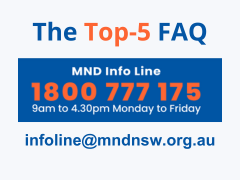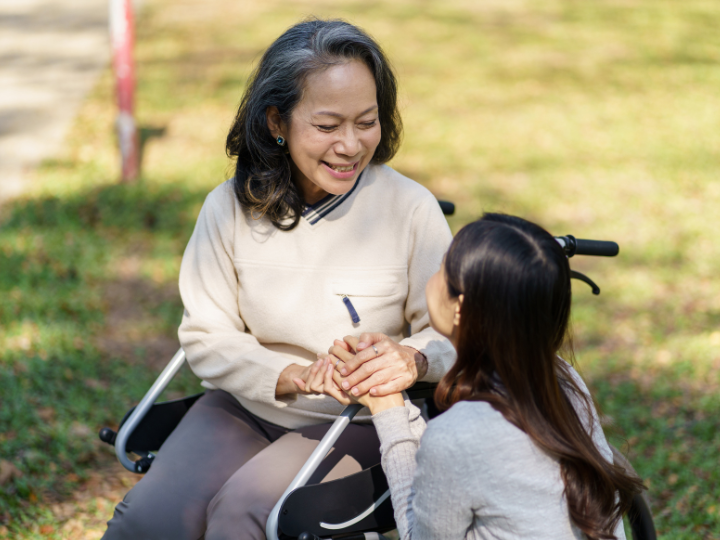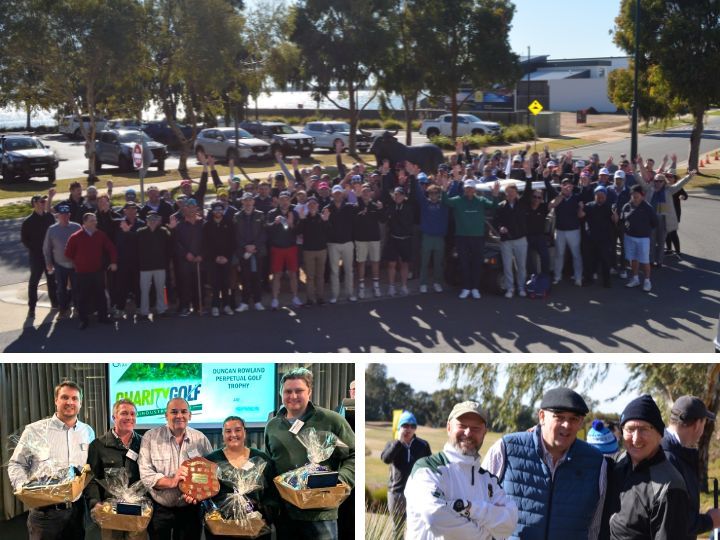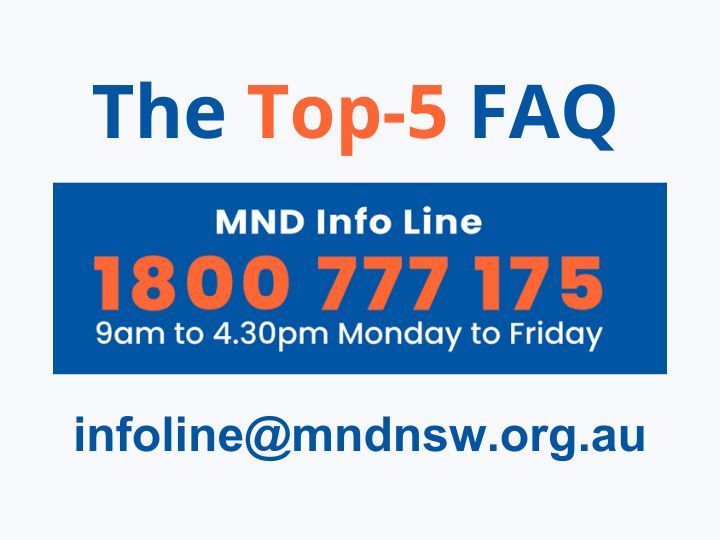In September we responded to 102 enquiries! You kept us busy with lots of curly questions via the phone on 1800 777 175 and email at
We received questions about all different topics, and we have chosen the Top-5 to share with you.
1. Is there information about MND for young people?
Visit the MND Youth Hub for information about MND for young people. Listen to a podcast episode with a young carer who shares their experience of her dad’s diagnosis with MND and view our resource called - me, my family and MND. The Youth Hub also has informaiton about other services for young people, like Carers Australia and Kids Helpline.
Other resources available for children and young people include:
2. Where can you find informaiton about sexuality and intimacy?
Yes, MND Connect has a page on sexuality and intimacy. The page encourages conversations about sex and intimacy and acknowledges the important role of sex and intimacy in all of our lives, regardless of age or level of disability. It can be difficult to start a discussion about sex and intimacy, the page gives some examples of conversation starters and suggestions about who to talk with.
3. How can I manage cramps and pain?
Cramping usually occurs in the early onset of MND, while pain and discomfort is more common in the later stages of MND. It is important to note that it is understood that MND in and of itself does not cause pain. Pain is caused because of subsequent changes and weakening of muscles.
There are several strategies that can be used which include:
- Seek advice from a physiotherapist and occupational therapist
- Positioning techniques
- Aids and equipment to relieve pressure and pain
- Massage therapy
- Pain medications.
For more information visit the managing day-to-day page of the MND Connect website
4. What is a MND Clinic?
MND Clinics are a multidisciplinary team comprised of a variety of medical specialists and health professionals who specialise in MND who aim to provide care and support to people diagnosed with MND. Multidisciplinary care through a MND Clinic can confirm diagnosis, discuss recommendations and treatment options that suit your needs as well as regular symptom review.
To access a MND Clinic, a referral is required from your neurologist or GP. Visit the MND Connect website to view a list of the MND Clinics across the country.
5. What strategies are available to assist with breathing?
MND can cause weakness to the respiratory muscles. These are muscles we use to take breath in and to breath out.
When the respiratory or breathing muscles become weak, breath can become shallow resulting in less air being taken in and less oxygen being absorbed into the blood. It is also more difficult to remove carbon dioxide from the body because of a weak exhale. There are several strategies that can be implemented to manage respiratory symptoms and assist with breathing. MND Australia suggest that adjusting room airflow and temperature and using a humidifier can increase comfortable breathing. As can eating food of the right consistency and having a well-balanced diet. Some other techniques include:
Breathing Exercises
Breathing exercises can assist in slowing the progression of respiratory weakness as well as increasing the capacity of the lungs and reducing the amount of air that pools in the lungs. Speak with your physiotherapist, respiratory therapist, or palliative care team for suggestions about the right exercise for you.
The MND Australia website notes this simple exercise as one to assist your lungs to expand more fully.
Exercise – take five to ten deep breaths, with short rests in between each breath, several times a day.
Positioning
Positioning is another strategy which is used to help increase respiratory performance. Certain positions allow for easier breathing. Positioning and using support cushions and aids can assist you to be more comfortable and support your breath. For further information regarding respiratory exercises and positioning, speak with your physiotherapist or palliative care team.
Non-Invasive Ventilation (NIV)
NIV is increasingly used to assist with breathing. Research suggests NIV can improve quality of life and prolong life by 7 months.
To use NIV, a mask is placed over the mouth and nose. The mask is connected to a machine, called a Bilevel positive airway pressure (BiPap) machine, which assists to keep the users airways open. The machine supports the breath in and the breath out of the lungs. If you are experiencing respiratory muscle weakness and would like to explore if NIV is right for you, contact your GP for a referral to a respiratory specialist.
For further information check out this video on the MND Connect website about NIV.
Ask us a question!
Get in touch with us via 1800 777 175 or
Your question might be in our next months Top-5!




